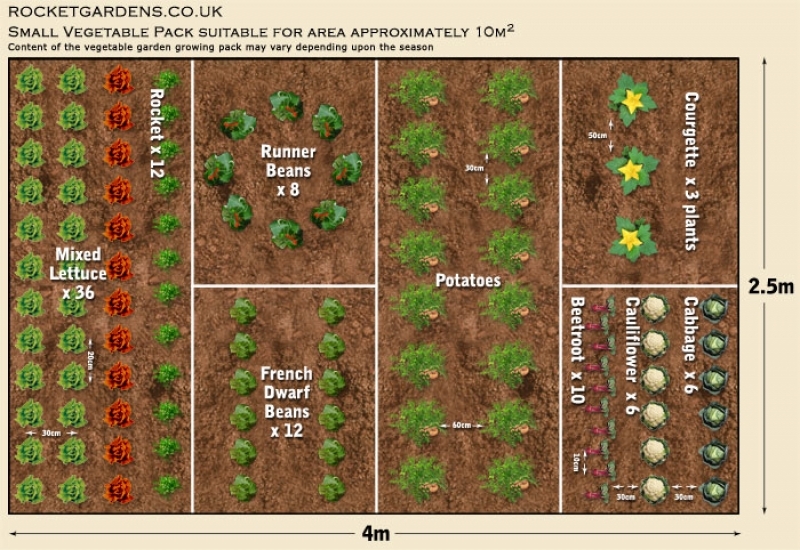


If you are simply growing two or three tomato plants, this process is easy. A few extra cents spent in spring for that year’s seeds will pay off in higher yields at harvest time. Seed packets are less expensive than individual plants, but if seeds don’t germinate, your money-and time-are wasted. Or, you could just grow cool-season crops such as lettuce, kale, peas, and root veggies during the cooler months of late spring and early fall. If you’ll be gone for part of the summer, you need someone to look after the crops, or they will suffer. Be prepared to take care of your plants throughout the growing season. Going on a summer vacation? Remember that tomatoes and zucchinis grow strongest in the middle of summer.

Also, homegrown herbs are far less expensive than grocery store herbs. Also, certain veggies are so far superior when homegrown, it’s almost a shame not to consider them (we’re thinking of garden lettuce and tomatoes). Maybe you want to grow tomatillos instead of cabbage or carrots, which are readily available in your area.
Beginner 20x20 vegetable garden layout how to#
See our Raised Garden Bed Guide, which covers the benefits of raised beds, how to build a raised bed, and what type of soil to fill a raised bed with. If planting in a raised bed, a 4’ x 4’ or 4’ x 8’ is a good beginner size.Pick 3 to 5 of your favorite vegetables and buy 3 to 5 plants of each one. If planting in the ground, a 10’ x 10’ garden (100 square feet) is a manageable size.Start small, and only grow what you know you and your family will eat. One of the most common errors that beginners make is planting too much too soon-way more than anybody could ever eat or want! Unless you want to have zucchinis taking up residence in your attic, plan your garden with care. Remember: It’s better to be proud of a small garden than be frustrated by a big one! See how to prepare your soil for vegetable plants. Mix in plenty of organic matter to help your plants grow. If you have thin, nutrient-poor soil, you’ll have poor, unhealthy plants. Plant in a location that would make Goldilocks smile-somewhere that’s “just right.” Nor do you want to plant in a location that receives too much foot traffic or floods easily. Stable and not windy: Avoid places that receive strong winds that could knock over your young plants or keep pollinators from doing their job.If you have rocky soil, till and remove the rocks, as they will interfere with root growth and make for weaker plants. Wet soil means wet roots, which can turn into rotted roots. Drains well and doesn’t stay wet: If you have poorly drained soil where water pools, plant veggies in a raised bed or raised row for improved drainage.There are a few veggies (mostly leafy ones) that will tolerate some shade. Sunny spot: Most vegetables need 6 to 8 hours of direct sunlight per day.A subpar location can result in subpar veggies! Here are a few tips for choosing a good site: Picking a good location for your garden is absolutely key.


 0 kommentar(er)
0 kommentar(er)
